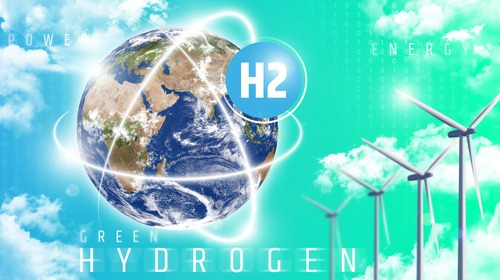
A new study by the National Energy Technology Laboratory (NETL) found the Appalachian region is well-suited to be one of the nation’s hydrogen hubs.
The study, “Appalachian Hydrogen Infrastructure Analysis,” found that the area’s natural gas resources, infrastructure, storage capacity, workforce, and industrial demand, offer a path to sustainable long-term growth in Appalachia.
“The Appalachian region was hard hit by declining coal production, but hydrogen offers a path to sustainable long-term growth,” NETL Director Brian Anderson, Ph.D., said in the report. “With this study, NETL evaluated how the region’s current natural gas transportation and storage infrastructure might be adapted for use with hydrogen.”
The report’s authors said the development of Appalachian hydrogen infrastructure will help create new clean energy jobs, revitalize distressed communities throughout the 423 counties across 12 states, advance environmental justice, and help achieve net-zero carbon emissions in the electricity sector by 2035.
“Hydrogen is being positioned as a critical solution in efforts to decarbonize the global economy,” the study said. “Hydrogen produced from fossil energy can be a bridge in the clean energy transition. The study demonstrates that Appalachia has the resources and infrastructure in and around its borders to lead a clean energy revolution by using natural gas with carbon capture and storage to produce and store hydrogen.”
The study said the region’s natural gas resources are critical to its success.
“With a combination of energy exports, long-term reduction in natural gas consumption for electricity through grid decarbonization, and utilization of biomass opportunities to produce renewable natural gas, there would be a significant amount of natural gas as feedstock for hydrogen production plants in the region,” the study reports.
Advanced hydrogen infrastructure could produce hundreds of jobs.
The study also said the region has the pipeline, truck, barge, and rail distribution infrastructure to support a hydrogen economy.